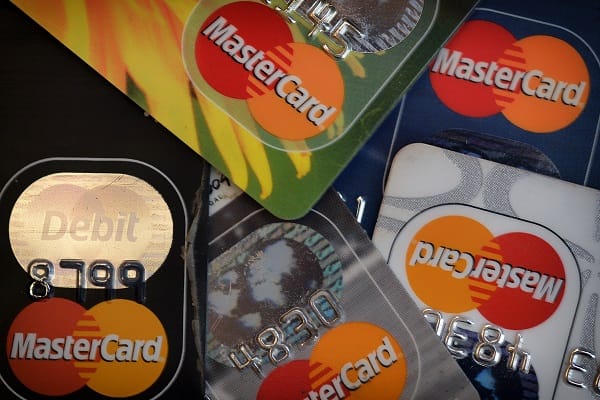Starting April, payment processing giants Visa and Mastercard raised credit card fees for merchants. Initially, these changes were planned two years ago, however, when the pandemic hit, the decision was postponed as means to alleviate pressure on worldwide e-commerce. As the businesses are slowly returning to their pre-pandemic operational capacity, the idea is once again set in motion. That said, the increase in fees may boost merchant interest to seek out alternative payment methods (APMs), lessening their dependence on market old-timers.
Card payments still dominate
In the US, 59% of shoppers prefer using cards, sharing the preference with European consumers, where card payments account for 47% of total transactions. With the reliance on cards only continuing to increase, major card schemes are well-positioned to take advantage of the trend, including the latest hike in fees.
That said, the changes are seemingly aimed at credit cards and large merchants, as there are exceptions regarding which businesses will be impacted. For instance, Visa will be reducing the surcharge for online and merchant payments whose annual payment is less than $250,000, whereas Mastercard will be cutting costs for transactions under $5 for industries affected by the COVID-19 pandemic.
“At least for now it seems like they are taking a sensible approach, where premium card products will be charged higher, and large merchants that, incidentally, have the loudest voice in the industry, will take the brunt of the costs,” commented Simas Simanauskas, Partnerships Director at ConnectPay.
Alternative payment methods gaining spotlight
Alternative payment methods provide the possibility to pay for goods without using cash, cards or traditional banking. E-wallets, mobile P2P payments and various A2A payment schemes can be considered as APMs, although, since A2A payments are starting to be offered by traditional banks, they are becoming more difficult to put a label on.
According to Simanauskas, APMs tend to fill a void in the market, especially where the banking sector is fragmented. A good example is the mobile payment system Swish, created as a cooperation between Swedish banks; in 2021, it had become a dominant scheme, as nearly 80% of Swedes were using it for P2P transfers and online purchases. However, even though APMs have been gaining more traction in the market due to the increased processing fees, they still have a long way to go.
“For merchants, offering a payment method that allows a buyer to purchase a product is paramount; and even if it costs more, a sale that costs higher is better than no sale at all, if buyers do not find a recognizable payment method,” Simanauskas noted. “Thus, it’s highly likely APMs will attract more attention now that processing fees reached new heights, however, it will not push the cards out entirely, as no one wants to miss out on potential customers.”
Aiming to cut out the middleman
Due to the ever-increasing fees, banks and merchants have been looking for a way to remove intermediaries. Recently, the fintech Banked has raised $20 million in a funding round led by Bank of America (BoA) to continue developing “Pay by Bank” solution, enabling to bypass payment processing fees.
“Merchant space has long been dominated by card schemes. This has relegated banks to act as a commodity provider, issuing cards and settling funds while sharing the cut from interchange fees, that, in some parts of the world, have been hefty,” Simanauskas explained. “However, with Open Banking, banks realized their products can facilitate online transactions as well—for a cost of cents instead of percentages. That’s why they have been exploring ways to cut out additional service operators that take a margin for themselves.”
While the increased interest in APMs may not necessarily change the power balance in the market, more payment options are likely to emerge under the current conditions. Some merchants are already adding a premium on top of set pricing if a buyer chooses to pay by card, incentivizing users to use APMs; that said, there are still areas the latter cannot really compete with seasoned actors.
“While open banking is cheaper, card schemes still have much better consumer protection, so it’s a tradeoff between higher consumer protection and higher cost versus cheaper payments via APMs that are difficult to challenge. In the end, it’s the consumers that will have the final say, after evaluating value propositions of all three powers in play: merchants, card schemes, and APMs.”






Leave a Comment